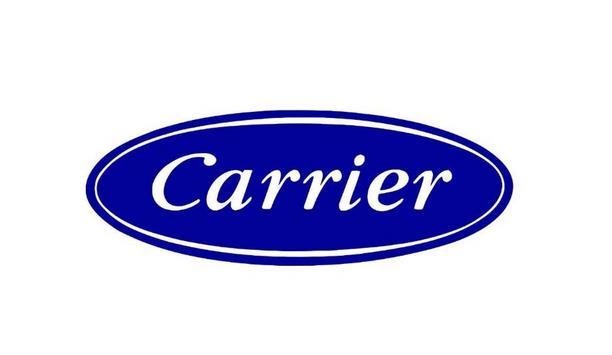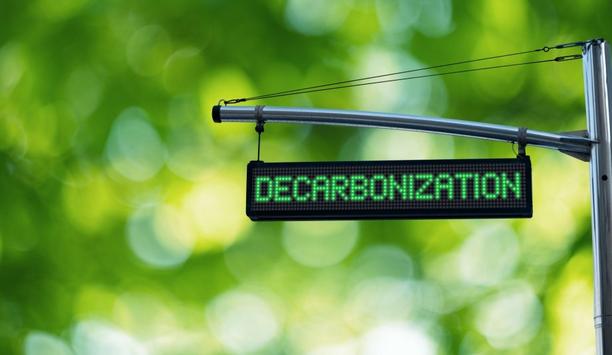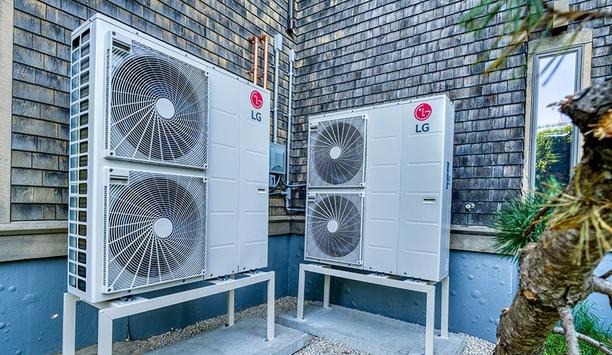The latest round of financing from the UK Government’s Green Heat Network Fund (GHNF) will be key to ensuring that low-carbon district heating schemes are delivered from 2022, according to polymer pipework specialist, REHAU.
Green Heat Network Fund (GHNF)
The Green Heat Network Fund (GHNF) is the latest funding scheme, launched by the government’s Department for Business, Energy & Industrial Strategy, building upon 2018’s Heat Networks Investment Project (HNIP). As part of this latest funding tranche, the GHNF has pledged an additional £270 million investment in low-carbon technology, on top of the £165 million already provided by the HNIP.
Steve Richmond, the Head of Marketing and Technical at REHAU Building Solutions, said “It is no secret that COVID-19 has impacted the decarbonization of the UK heating sector. The pandemic has left budgets strained for many, so investing in a new heating system simply hasn’t been a priority.”
Low-carbon district heating schemes
The heating sector currently accounts for as much as 21% of the nation’s emissions in total
For this reason, schemes such as the Green Heat Network Fund will be key to putting low-carbon progress back on track post-pandemic. The heating sector currently accounts for as much as 21% of the nation’s emissions in total, so increasing uptake of heat pumps and district heating networks will be key to achieving net-zero by 2050.
This development coincides with the launch of the CP1 Heat Networks Code of Practice, by The Chartered Institution of Building Services Engineers and The Association for Decentralised Energy. The publication advocates a maximum flow temperature of 70 °C for district heating networks, making them better suited to fourth-generation heating schemes.
Polymer district heating networks
Polymer district heating networks, using low-carbon technology, such as heat pumps and waste heat recovery systems, are one of the most effective ways to reduce reliance on traditional gas boilers. Low-carbon networks are the only form of network supported by the GHNF, so it is important contractors and consultants consider the recommendations in the CP1 guidance to deliver suitable installations.
Steve Richmond concludes by stating, “The launch of schemes, such as the Green Heat Network Fund and regulations, such as CP1, will be critical to driving the uptake of low-carbon technology in England and Wales. Coupled with comprehensive training from specialists, such as REHAU, this demand will be a major factor in ensuring heat network installations is suitable for end users in a low-carbon future.”
















